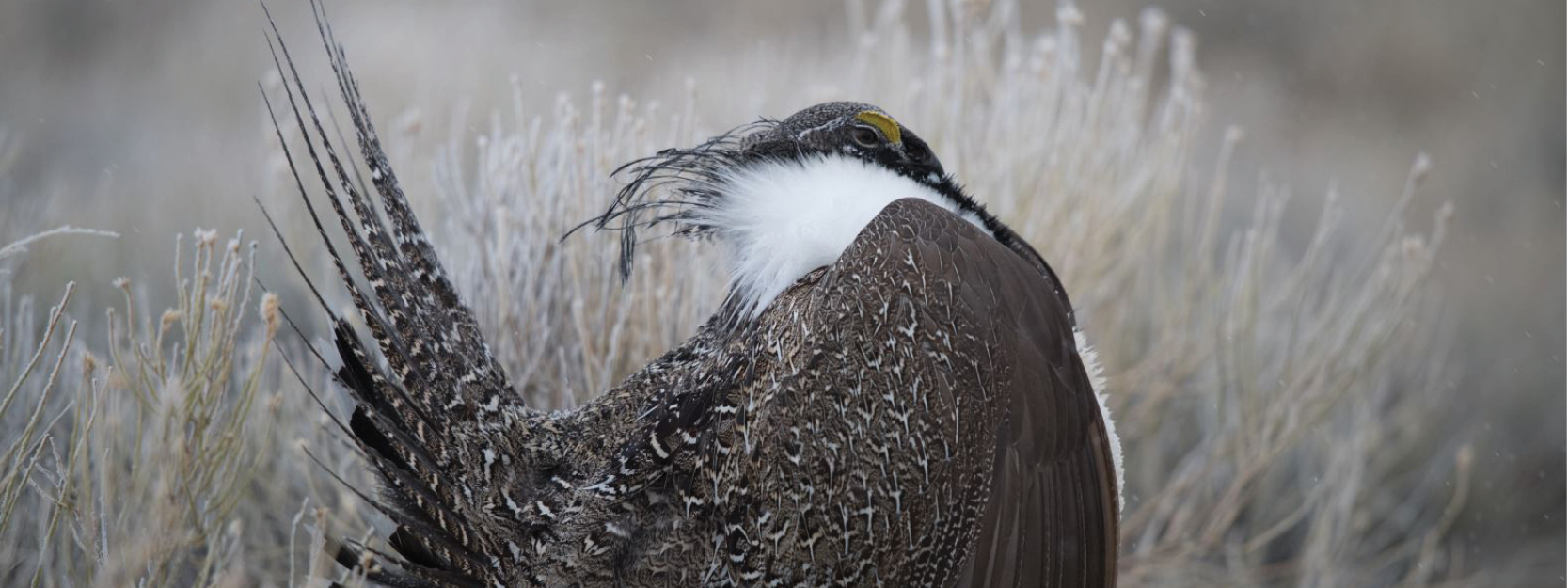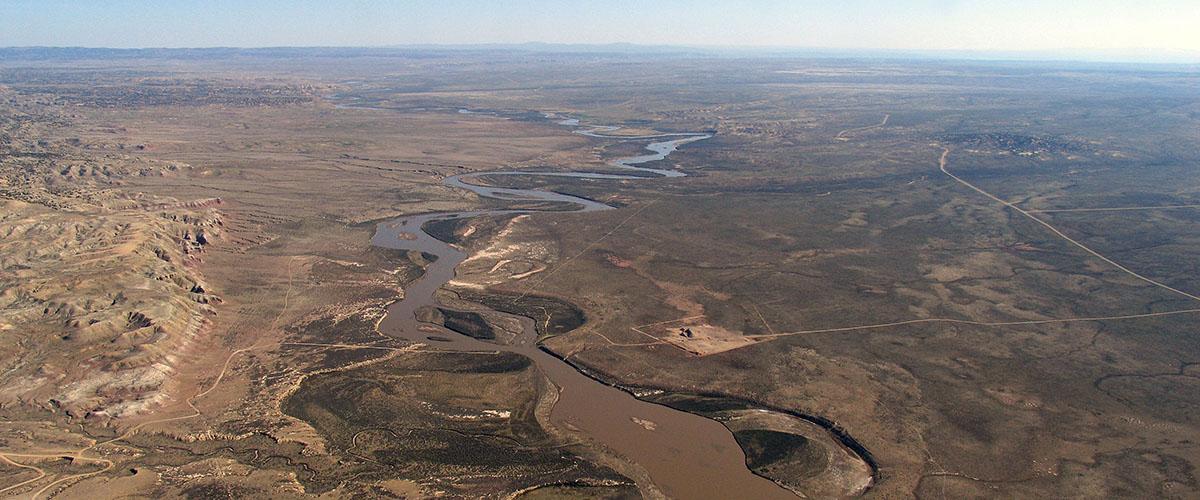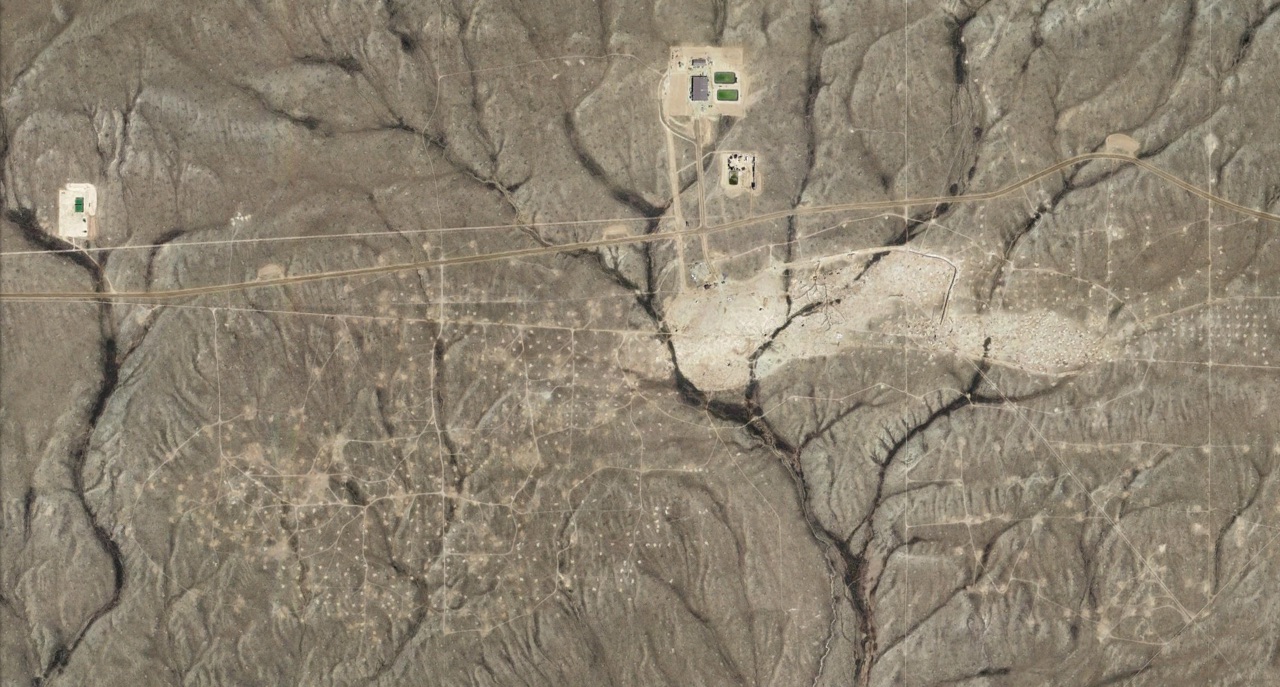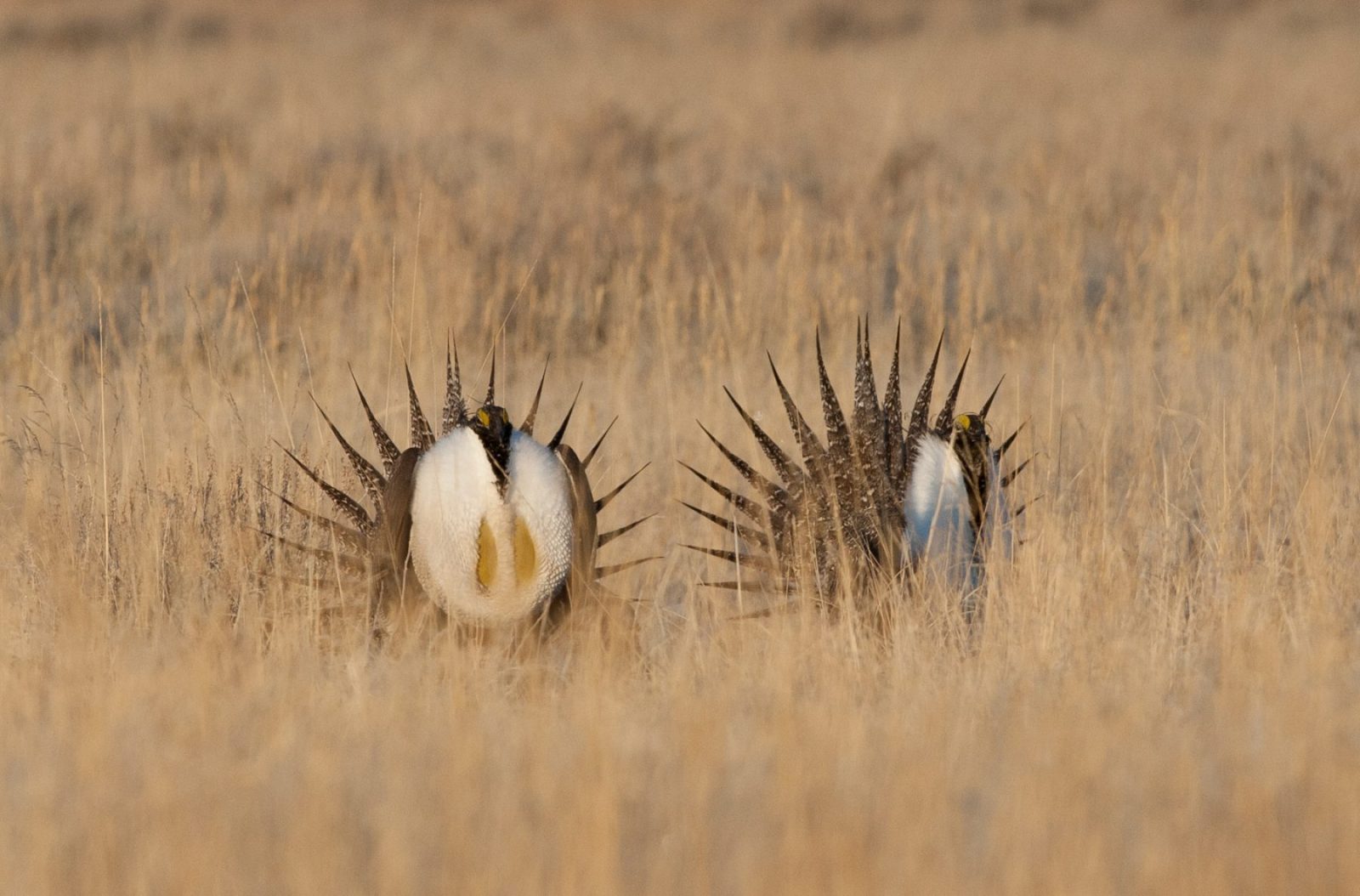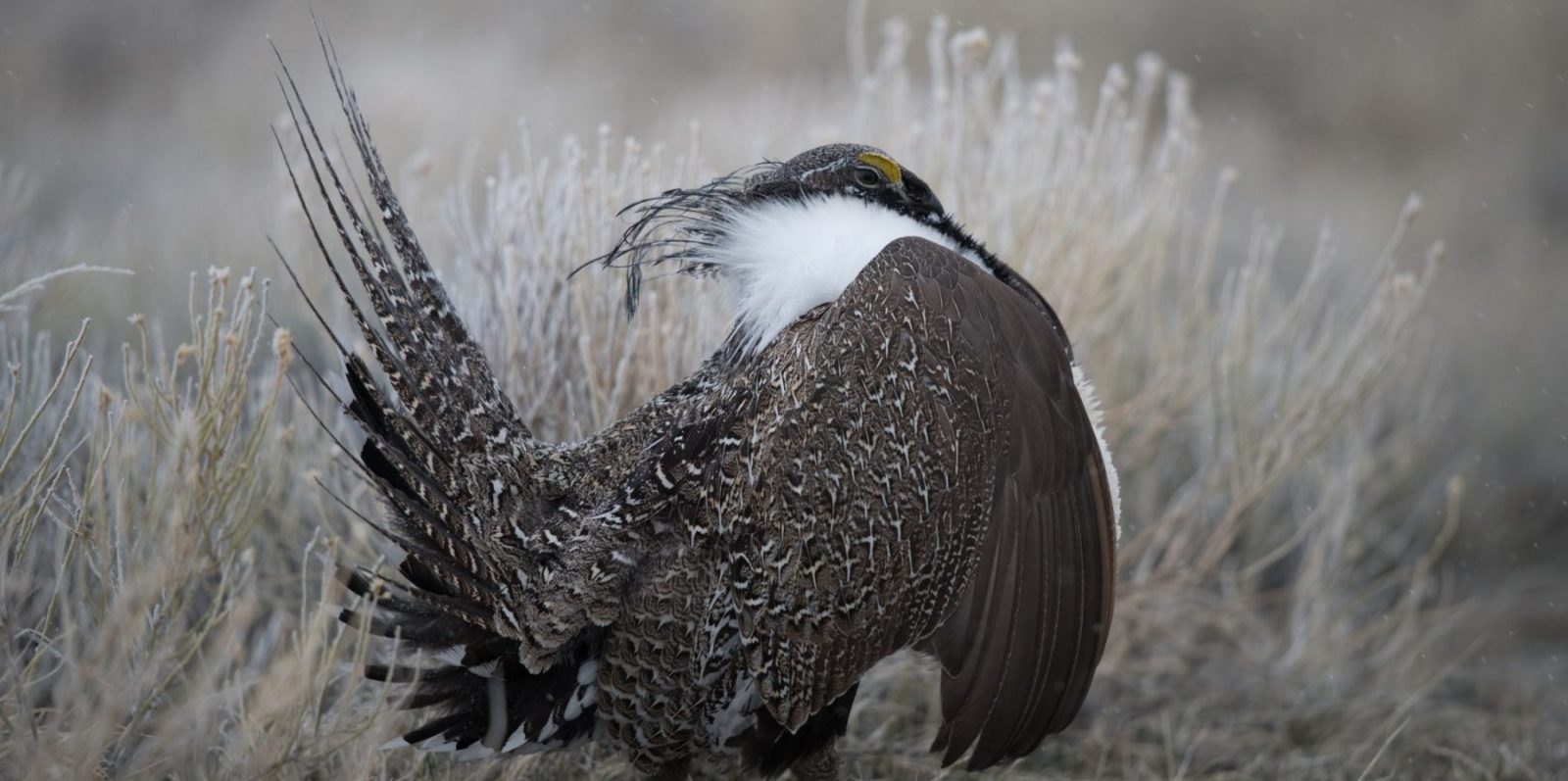SOS: SAVE OUR SAGE-GROUSE AND THE PLACES THEY CALL HOME
Your voice makes a difference! Will you urge the Bureau of Land Management to take assertive action to save the Greater sage-grouse and Wyoming’s unmatched sagebrush habitat? Find suggested talking points to help you write your comment below.
It’s no secret that the Greater sage-grouse, a symbol of the West’s sweeping sagebrush landscapes, is imperiled. Dire statistics on habitat loss and dwindling populations — echoed across studies and countless articles — paint a sobering picture for the beloved bird:
“Remaining sagebrush covers less than half its historic extent.”
“We are losing 1.3 million acres of sagebrush annually.”
“Sage-grouse populations have declined 80% since 1965.”
“Greater sage-grouse numbers have been cut almost in half over the past 20 years.”
From the heart of sagebrush country in Wyoming, where the ravages of invasive annual grasses and wildfire have yet to create the mass devastation they have in places like Nevada, it can be hard to comprehend how precarious the situation has become. But unfortunately, Wyoming is not immune to the threats eating away at sage-grouse populations and their habitats. Our state stewards the lion’s share of the world’s remaining sage-grouse and sagebrush — all the more reason to confront these threats head-on.

Of course, Western states have worked collaboratively for years to counteract threats and stave off an endangered species listing (read more here), but it’s clear more needs to be done to support sage-grouse. Fortunately, the Bureau of Land Management is now in the process of updating sage-grouse management plans across the whole of the bird’s range. What does this process mean for us? It means we have a chance to encourage strong action from the agency that manages more sage-grouse habitat than any other, including about 18 million acres right here in Wyoming.
The sagebrush steppe is home to a rich tapestry of over 300 species. How the BLM manages sagebrush habitat has far-reaching implications for an entire ecosystem of plants and animals that need our help, including pronghorn, mule deer, pygmy rabbits, ferruginous hawks, sage thrashers, parasol buckwheat…. The list goes on! As go the sage-grouse, so go our Western rangelands and sagebrush dependent species — which is why it’s imperative the BLM take assertive action to protect sage-grouse and shore up the best remaining sagebrush habitat with this plan.
We can all play a role in guiding the agency to do just that. The BLM is accepting public comments through June 13, and your comments have the power to shape the final plan the BLM adopts.
Will you take action today by urging the BLM to protect irreplaceable sage-grouse habitat in Wyoming? Your comments can be brief, but be sure to share your personal connection to sage-grouse and the broader Wyoming sagebrush biome. We’ve also shared some suggested talking points below to help you write your comment.
Deadline: June 13, 2024
In addition to sharing your personal connection to sage-grouse and the sagebrush ecosystem in Wyoming, you can also can urge the BLM do the following:
- Grant Wyoming’s irreplaceable sage-grouse habitats the strongest protections. Wyoming is home to over a third of the world’s sage-grouse population because it contains the best remaining habitat. Chief among these, the Golden Triangle in southwest Wyoming boasts the densest populations of sage-grouse on the planet. The unmatched habitat in the Golden Triangle should be granted the strongest possible protections.
- Direct development away from healthy habitat. There are many demands on BLM lands, but there is also ample acreage available to meet those demands. Infrastructure and energy development should be directed outside of Priority Habitat Management Areas to ensure sage-grouse are afforded the quality habitat they need to thrive.
- Rely on the best available science to guide management decisions. Efforts to conserve the sage-grouse and its habitat can best be achieved by taking advantage of the latest research and science. The final management plans should lean heavily on the wealth of new data available to allow nimble, adaptive management responses to aberrant declines in sage-grouse populations across jurisdictional boundaries.
- Maintain gene flow and habitat connectivity. Wyoming has the most robust population of remaining sage-grouse, but we shouldn’t keep all our eggs in that one basket. Critical connectivity areas, on the Montana border in northeast Wyoming and on the Utah border in southwest Wyoming, must remain open to allow for gene flow and dispersal between Wyoming’s populations and those in neighboring states.
- Take bold action to conserve the habitat sage-grouse rely on. Western states, federal agencies, and private partners have been working together for over a decade to halt sage-grouse population declines, yet population indicators show we are losing this bird across its broader range. Because of this, stronger conservation measures should be adopted at every turn when weighing various management actions.
Wyoming is home to the largest, healthiest remaining swaths of sagebrush on the planet and your local perspective on how this habitat should be managed matters! Send your comment today urging the BLM to take assertive action to save the Greater sage-grouse and Wyoming’s unmatched sagebrush habitat.
Thank you for standing up for sage-grouse and all the creatures they share the steppe with.


